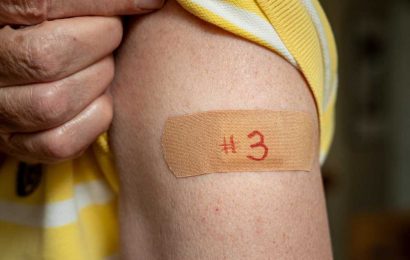
Hematopoietic stem cells from a healthy donor can help patients suffering from acute leukemia. However, the side effects of therapies are often severe. A group of researchers led by the University of Zurich have now shown how human healthy and cancerous hematopoietic stem cells can be more selectively eliminated using immunotherapy instead of chemotherapy in mice. The aim is to test the new immunotherapy in humans as soon as possible.
Acute myeloid leukemia (AML) is an aggressive cancer of the blood-forming system. It affects the hematopoietic stem cells, or blood stem cells, of various white blood cells and of the red blood cells and platelets. The leukemic stem cells propagate quickly, spread in the bone marrow and blood, and can attack other organs. Patients are usually treated with intensive chemotherapy and sometimes radiotherapy. After that they require a transplant of hematopoietic stem cells from a healthy donor. There are serious side effects associated with the treatment and it is therefore unsuitable for many patients.
Selectively eliminating leukemic and hematopoietic stem cells
A team of scientists and physicians from the University of Zurich (UZH), the University Hospital Zurich (USZ) and ETH Zurich have now managed to eliminate the leukemic and hematopoietic stem cells more selectively in an animal model. Chemotherapy and radiotherapy not only destroy the cancerous and hematopoietic stem cells, but affect all dividing cells—i.e. practically all tissues. “Compared to normal strategies, our method works very selectively, meaning that mature blood cells and other tissues are spared,” says study leader Markus Manz, professor of medicine at UZH and director of the Department of Medical Oncology and Hematology at USZ.
The researchers used the novel cell therapy called CAR-T. This therapy uses genetic modification to equip human immune cells with a receptor, thanks to which they can systematically dock onto only the leukemic stem cells and the healthy hematopoietic stem cells and destroy them. This creates space for the new donor cells to be transplanted. To avoid that the genetically modified immune cells then also attack the hematopoietic stem cells from the donor, the CAR-T cells are deactivated after they have done their work and before the transplant. This is done by using an antibody against a surface marker of the CAR-T cells. After the donor stem cell transplant, they take their place in the bone marrow and begin to rebuild the hematopoietic and immune system.
Clinical use of selective immune-mediated elimination planned
Source: Read Full Article


